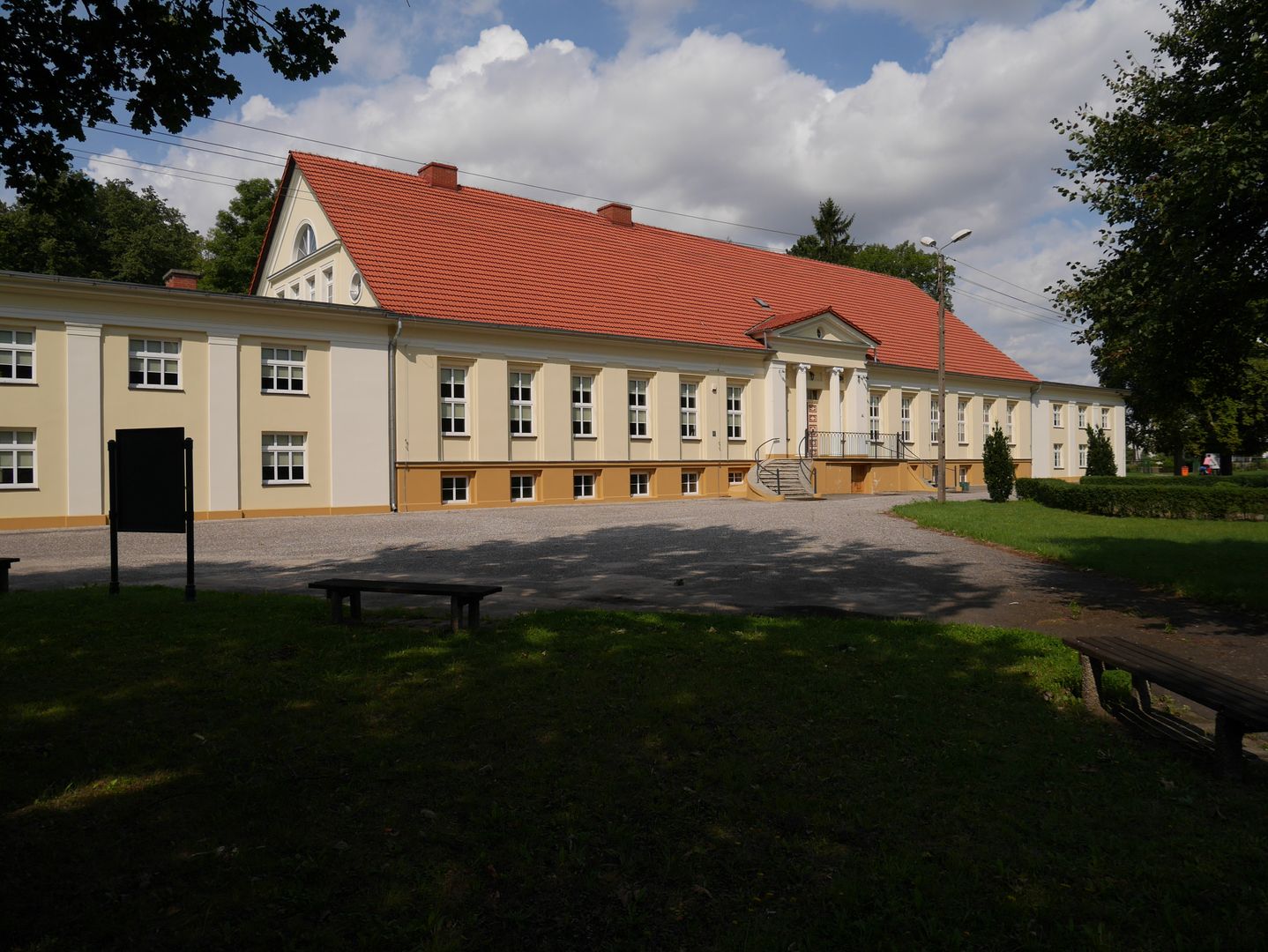Krajenka
6.17

Overview
Krajenka, a town in the Greater Poland Voivodeship located on the Głomia River, was granted town rights in 1420. Its exceptional location in the Krajna region, near key provincial roads and a railway line, makes it an important transportation hub. The history of Krajenka is rich, beginning with the Polish Danaborski family, who were the first recorded owners. The town went through various stages of development, experiencing both prosperity and disasters, such as fires and epidemics, which repeatedly devastated its area. In the 18th and 19th centuries, Krajenka became an important center for crafts, organizing fairs, and in 1773, 905 people lived here, while by 1910, the population had grown to over 3,400. After World War II, the town underwent dramatic changes, including the displacement of the German-speaking population and the reconstruction of war damage. Architecturally, Krajenka is characterized by numerous historic buildings, including the Parish Church of St. Anne and St. Nicholas from the late 18th century, a palace from the turn of the 18th and 19th centuries, and the Neo-Romanesque former Evangelical Church of St. Joseph from 1846. This architectural diversity reflects the town's rich past. Culture in Krajenka is highly active; the Krajeński Center of Culture operates here, organizing numerous events such as the Brass Band Review, the Red Cross Song Festival, and the Days of Krajenka. Sports also play an important role, with numerous sports clubs, including the Student Sports Club "Sokół." Among the notable figures associated with Krajenka are Mirosław Hermaszewski, the first Pole in space, and Siggi Wilzig, a Jewish-born multimillionaire. Krajenka is a town with a rich historical and cultural heritage that blends tradition with modernity, serving as a local center for the surrounding communities.
Location
2025 Wizytor | All Rights Reserved